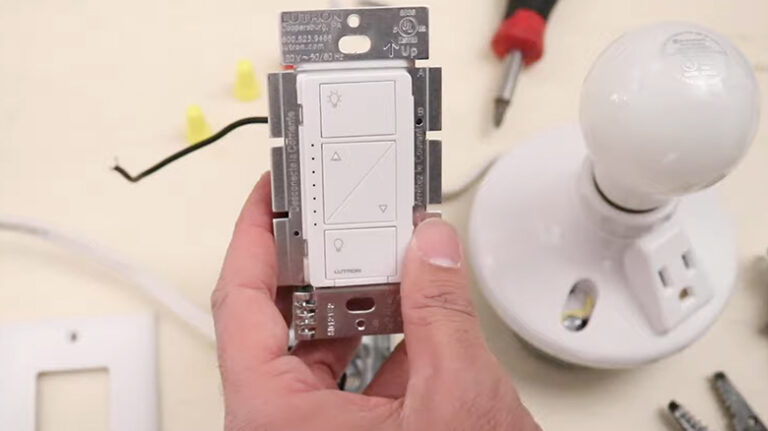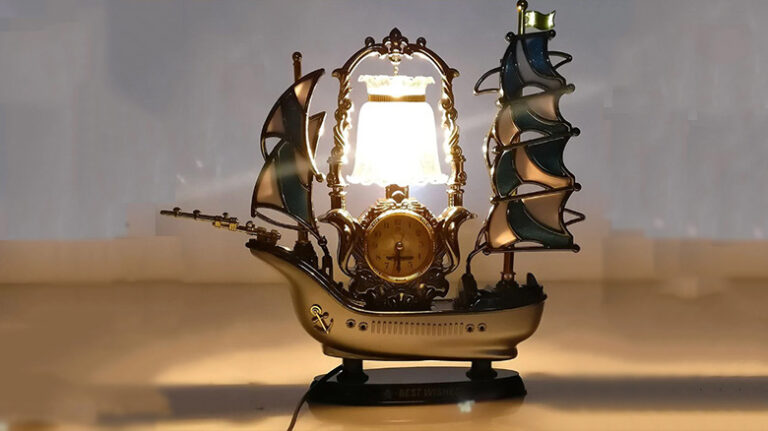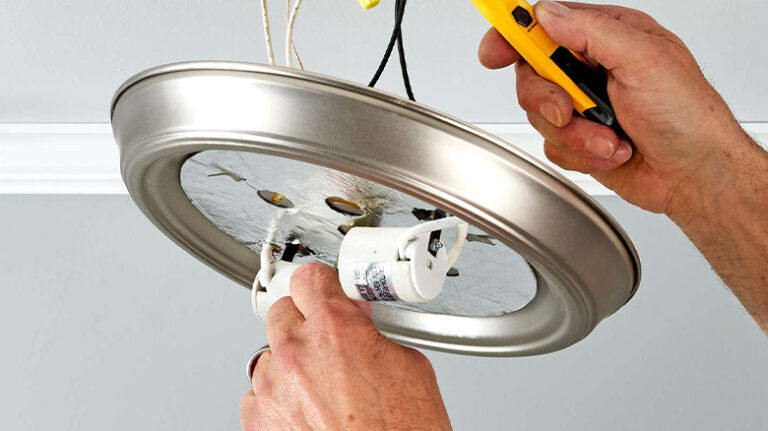How To Wire 12v To 110v [Explained]
To properly use the energy from your wall socket, most electronic gadgets require some conversion, whether a straightforward voltage decrease, an AC to DC converter, or both.

While a simple voltage converter can convert a 110 to a 12-volt power source, if you’re also switching from AC and DC power, you’ll require more than a simple gadget like this. If you possess some skill with electronics, you could build one yourself, but it’s far more effective (and yet reasonably priced) to just purchase one of the many ready-built converters developed just for the job.
AC vs DC Circuits
The difficulty of converting 110 V AC to 12 V DC may best be understood by first knowing the distinction between AC and DC circuits. Though short for direct and alternating current, most equipment accepts DC input even if your house receives power in AC form. Due to their widespread use, AC-to-DC converters are built into most gadgets, including your laptop.
Direct current travels in one direction while being driven by a constant voltage, making it considerably simpler to comprehend. For instance, this kind of steady energy is produced by the battery, excluding a drop in voltage as the battery ages.
While the voltage that generates AC oscillates between one positive and a negative value in a sine wave, ac electrical alternates in direction. Since AC is simpler to transfer over large distances, it is utilized for power supply in homes and offices.
How to Convert From 12 Volt to 110 Volt
You may utilize 12-volt battery-powered electrical systems using voltage inverters to provide 110-volt AC (alternating current). These gadgets may generate standard household electricity from several 12-volt DC (direct current) inputs, such as the cigarette lighter in your car. Voltage inverters serve as battery backup systems for pcs and other electrical devices when paired with a reserve of batteries.
It’s important to exercise caution while employing voltage inverters not to exceed the capability of the 12-volt circuit delivering the electricity.
Step1: Find out the device’s wattage or how much power it consumes.
A device’s watt is frequently displayed on a label attached to the item or in the owner’s handbook. For several devices, sum together all the wattages.
Step 2: Buy a voltage inverter to deliver the required watts.
Inverters come in a variety of varieties. Units connecting to a car cigarette lighter are accessible if the power needs are 100 watts or less. Larger capacity inverters are available, but they must be directly attached to your battery.
Step 3: Confirm that your DC power supply can power the inverter and connected devices.
Generally, you must supply one amp of DC for every 10 watts of electricity consumed. Make sure the batteries can provide this amount of current and that any fuses or circuit breakers are the right size.
Batteries are graded according to their amperage or rated current capacity. The battery manufacturer will offer this standard. To boost the available current, several batteries may be linked in parallel. Wire the positive connections of two batteries together, then do the same with the negative terminals to attach the batteries in series.
Step 4: Attach the Dc power source to the voltage inverter.
You may accomplish this by attaching the gadget to a cigarette lighter or one or more 12-volt batteries. Use battery terminal connections suited for your cells when connecting to them. At the end of the DC input lines for the power inverter, use the wire stripper to uncover one inch of bare copper. Making sure not to mix up the positive and negative connectors, attach each wire to the appropriate battery terminal.
Voltage Transformers
The power supply’s voltage effectively informs you of the amount of “kick” it needs to start the current flowing. If linked to a similar circuit, a greater voltage can generate more current Nevertheless, if the voltage you’re utilizing as a power source is higher than the capacity of the object you’re powering, it might hurt the thing.
Transaction transformers are required to convert voltage from greater to lower levels or vice versa. A transformer comprises two coils of wire, one connecting to the power source and the other going to the device, both coiled around an iron “core.”
With the assistance of the core, the energy generated by the first coil creates a magnetic field, and so this magnetic field causes a current in the second coil. The variation in the voltage of the electricity delivered to each putout is due to the variation in the number of wraps around each core.
Finding a 110 to 12 Volt Converter
Simply purchase a converter made for the task from equipment stores and online, offering a wide selection to convert 110 V AC to 12 V DC. The best recommendation is to identify the input current and voltage of the item you want to power, then purchase a converter whose output current and voltage match those figures.
We already know that this needs to be a 12-V power source, so make sure to check that it is, but also ensure that you double-check the current. Additionally, if you’re searching for a 110-to-12-volt converter, be sure the converter can receive the proper voltage from the power outlet, which is 110 V (listed as the input).
Finally, verify the polarity of the adapter and the item you are powering. Three circles are typically used to represent polarities, with the middle circle having an inside (solid color) core and an outside (non-circular) curve.
In the outer circles, positive and negative signs are attached to either the inner core or the outside curve of the central signal. The positive sign has a positive polarity if it is on the right (and links to the center core), and the negative sign has an opposite value if it does the same.
The converter will function as long as you confirm that the polarity, voltage, and current on the adapter, and the device, match and that the adapter can receive the power level from the outlet. You can start using the devices after connecting them.
Frequently Asked Questions
Are 12 and 120 volts equivalent?
Your home’s power is 120V, which is converted to 12V via a transformer. Working with 120V is safer, particularly in the yard.
Do 120V lights operate on 12V?
Yes, regardless of when you changed the wiring, you should switch your 120V incandescent light bulb (or LED equivalent) for a 12V bulb. Voila! Now you can use little to no electricity to make whatever lovely light you choose shine brightly inside your camper.
Conclusion
We hope you know how to connect a 12-volt cable to a 110-volt outlet. In summary, you should buy a transformer if you want to install a light fitting or anything else that has to be connected to 12-volt power sources but is supplied by 110 volts.
This will make it possible for your appliance’s lower voltage to work with your fixtures’ higher voltage needs. Offering this kind of energy distribution may also make connecting any system much easier and give you confidence that there won’t be any issues due to incompatible voltages.






